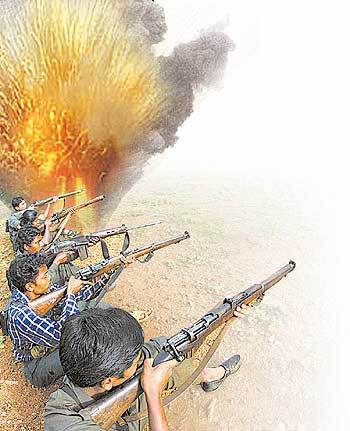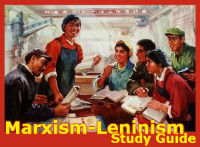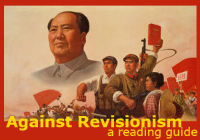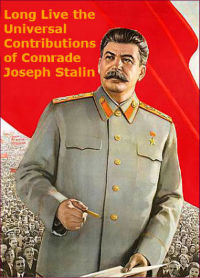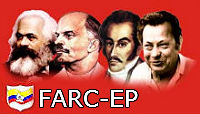 The following statement is from the Unified Communist Party of Nepal (Maoist):
The following statement is from the Unified Communist Party of Nepal (Maoist):
Greetings of 15th Anniversary of the People’s War
On the auspicious occasion of the 15th Anniversary of the Great People’s War launched with the goal of new democratic revolution, we extend our heartfelt Best Wishes and militant salutation to the entire Nepalese people and working people the world over. In this historic occasion, we would like to remind you the reality that the Nepalese revolution is heading towards the decisive turning point of great possibilities and serious challenges. On this occasion, expressing our emotional homage to all the great martyrs of People’s War, we would like to recall with high regard the disappeared fighters. We revise our strong resolution and firm commitment to move forward to the direction of ceaseless revolution to make the Great Dreams of the Martyrs come true. On this historical occasion of the People’s War Day, we express our deep sympathy to the wounded, disabled and the victims suffering from the damage of life and property in the course of people’s war.




